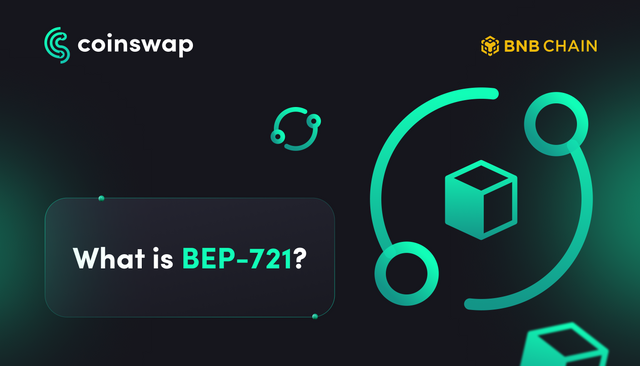Understanding BEP-721 and Its Impact on Financial Markets

Introduction to BEP-721
BEP-721 is a token standard on the Binance Smart Chain (BSC) designed for creating non-fungible tokens (NFTs). NFTs are unique digital assets that can represent ownership of a wide range of items, from digital art and collectibles to real estate and intellectual property. Unlike fungible tokens such as Bitcoin or Ethereum, which are identical and can be exchanged on a one-to-one basis, each NFT is distinct, with its own set of attributes and values.
How BEP-721 Works
BEP-721 operates similarly to Ethereum's ERC-721 standard but is tailored for the Binance Smart Chain, offering lower transaction fees and faster processing times. This standard allows developers to create, manage, and transfer NFTs on the BSC network, leveraging its robust infrastructure and high throughput. Each BEP-721 token is unique and includes metadata that describes its properties, making it perfect for applications where individual ownership and provenance are essential.
Potential Effects on Financial Markets
Diversification of Assets:
BEP-721 enables the tokenization of a vast array of assets, which can diversify investment portfolios. Investors can now hold digital representations of physical assets like real estate, art, and commodities, providing new avenues for investment and wealth preservation.Enhanced Liquidity:
Traditionally, assets like real estate and art have been illiquid, meaning they cannot be easily bought or sold. BEP-721 facilitates fractional ownership and trading of these assets on secondary markets, significantly enhancing their liquidity. This increased liquidity can make markets more dynamic and accessible.New Financial Products:
The introduction of BEP-721 can spur innovation in financial products. For instance, NFTs can be used as collateral for loans, creating new opportunities in decentralized finance (DeFi). Additionally, NFTs can represent unique financial instruments, such as insurance contracts or bonds, tailored to specific needs and risk profiles.Improved Transparency and Security:
The blockchain technology underpinning BEP-721 ensures that all transactions are transparent and immutable. This transparency can reduce fraud and increase trust among market participants. Furthermore, the decentralized nature of blockchain enhances security by eliminating single points of failure.Challenges and Considerations:
Despite its potential, BEP-721 also presents challenges. The regulatory environment for NFTs is still evolving, and legal uncertainties may impact their adoption. Additionally, market volatility and the nascent stage of NFT markets can pose risks to investors.
Conclusion
BEP-721 is poised to revolutionize the way we perceive and interact with assets. By enabling the creation and trading of unique digital assets, it opens up new possibilities for diversification, liquidity, and innovation in financial markets. However, as with any emerging technology, careful consideration of the associated risks and regulatory landscape is essential. As BEP-721 continues to develop, its impact on the financial markets will likely grow, driving further evolution in how assets are managed and exchanged.